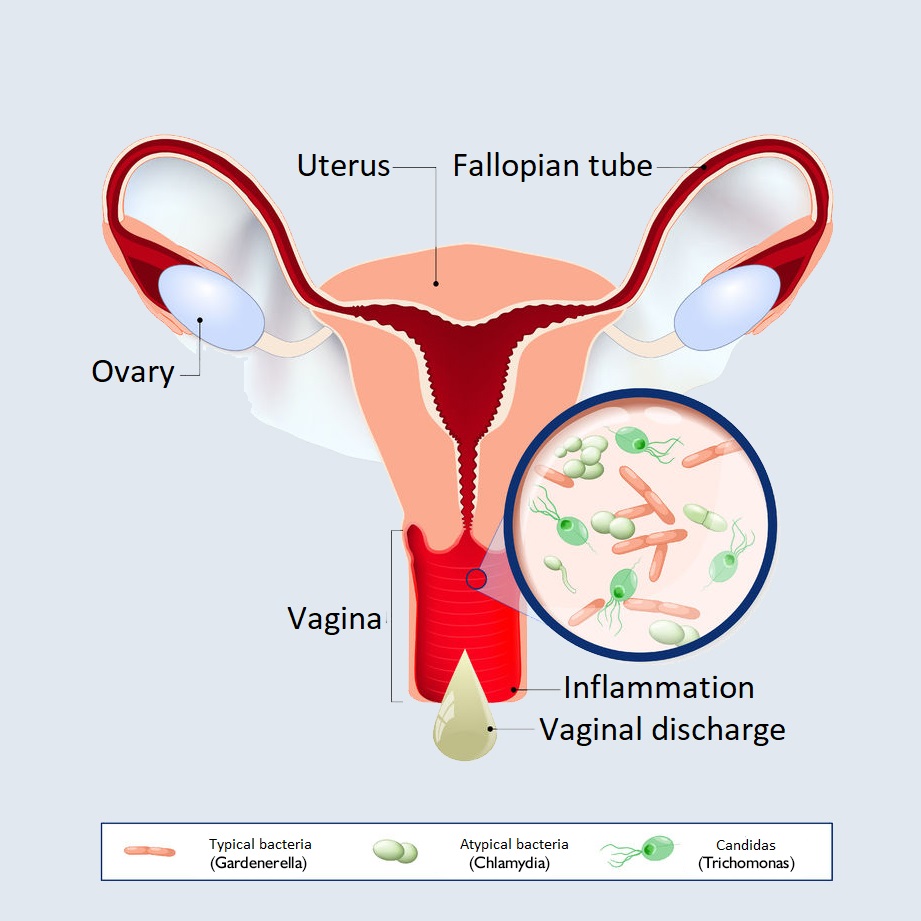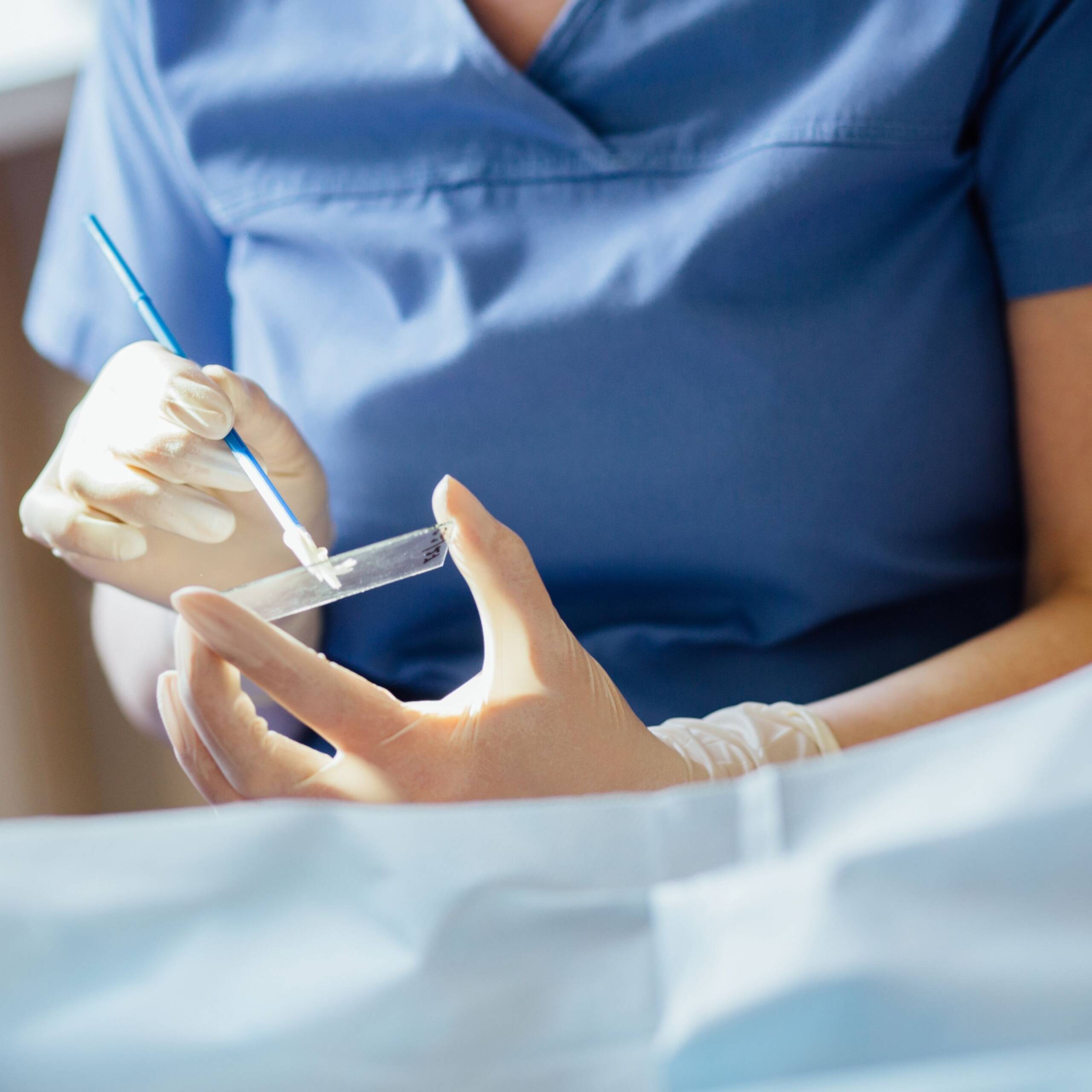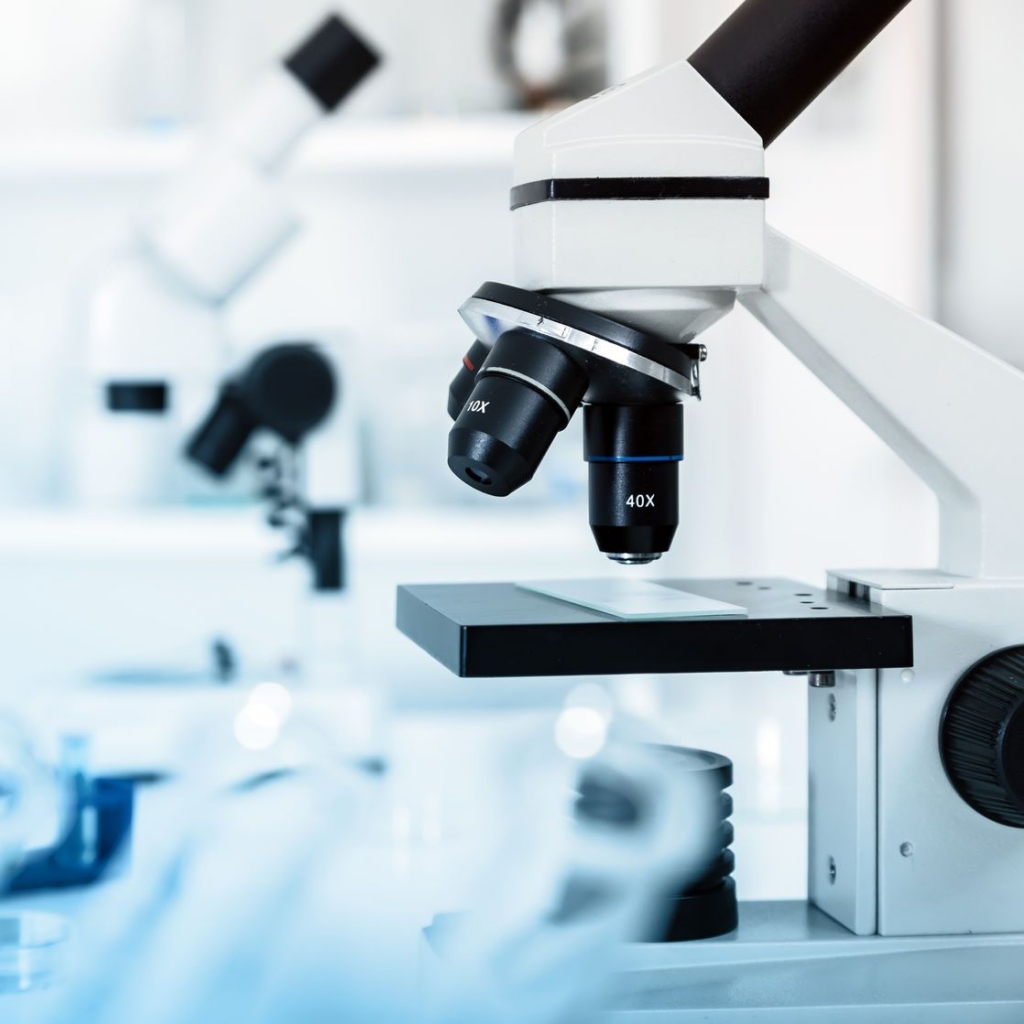Laboratory tests for sexually transmitted diseases (STDs) for women with gynaecological sampling
In the package, we detect sexually transmitted diseases from a gynaecological sample that can cause vaginal complaints and other gynaecological problems, as well as pelvic pain and even difficulty conceiving.
There are many microorganisms (bacteria, fungi) in the intimate area of the female body, which make up the vaginal flora. Lactic acid-producing Lactobacilli provide an acidic medium (pH 3.8-4.4) that is favourable to the normal vaginal bacterial community but unfavourable to pathogens.
The natural balance of the vaginal flora is influenced by many factors: age, hormonal cycle, sex life, bathing habits, diet, smoking. With a balanced flora, the vagina has a natural protective, self-cleaning function and is resistant to pathogens.
If this balance is upset, infections can develop, which can lead to vaginal complaints and other gynaecological problems, lesser pelvic pain, difficulty conceiving, and, in addition, affect the quality of life and sexuality.
Disruption of the normal vaginal flora leads to bacterial vaginosis. In this case, there are no microorganisms in the vaginal secretions that would not occur in healthy women, but their amount and relative proportions change.

Symptoms of vaginitis
Bacterial vaginosis is not always accompanied by inflammatory symptoms, but other discomforts do occur, such as:
- burning, itchy feeling,
- irritation, reddened skin,
- abundant, dense, unpleasant-smelling, off-white vaginal discharge,
- frequent urination
Changes in the vaginal ecosystem can be a risk factor for sexually transmitted infections as well.
Vaginitis can be caused by:
- Candida, Trichomonas vaginalis,
- typical bacteria (Gardenerella vaginalis, Peptococcus, Peptostreptococcus, members of the genus Bacteroides, Neisseria gonorrhoeae, intestinal bacteria),
- atypical bacteria (Chlamydia trachomatis, Mycoplasma hominis, Ureaplasma urealythicum),
- viruses (human papillomavirus, Herpes simplex, Herpes zooster).
What items does the STD laboratory test include?
PCR tests of 10 pathogens are performed in the STD laboratory panel:
Trichomonas vaginalis
This protozoan multiplies in the epithelial cells of the genitals. It is mostly transmitted with sexual contact, but the disease can also be transmitted in swimming pools, with the use of shared toilets or towels. Infected men are often asymptomatic, women may experience an unpleasant-smelling, greenish-yellow vaginal discharge, and may experience pain and urinary complaints related to sexual intercourse.
Ureaplasma urealiticum, Ureaplasma parvum, Mycoplasma hominis and Mycoplasma genitalium
In both sexes, the infection can cause urinary tract disease, arthritis, and if left untreated, serious complications can occur. In women, it is accompanied by vaginitis, bacterial vaginosis and lesser pelvic inflammatory disease. It is also a dangerous pathogen during pregnancy and childbirth for women and the unborn child, which can also cause miscarriages, premature births, and postpartum infections. Maternal infection can cause pneumonia and respiratory failure in the newborn.


Neisseria Gonorrhoeae
The pathogen of gonorrhoea is a bacterium that infects cells in the mucous membranes of the genitals, urethra and rectum. Initially it is asymptomatic, but it can cause urinary complaints and later spreads to the internal genitals, resulting in infertility, so timely antibiotic therapy is very important.
Chlamydia trachomatis
This bacterium lives and multiplies inside the cells of the infected body. During sexual intercourse, the infected party passes it on to their partner. It is a major cause of cervicitis, but as a contagious infection, it can spread and cause pelvic inflammatory disease, blockage to the fallopian tube, and infertility. Many times, it causes no symptoms at all, if it does, it appears as a purulent-bloody vaginal discharge.
Herpes simplex I-II
Genital disease is most commonly caused by type II herpes virus, however, both groups also occur around the genitals.
In the vast majority of cases, blisters appear in groups within 3 to 20 days of infection, accompanied by a burning, itchy sensation, which become painful, epithelial-deficient, or ulcerated after a few days.
In women, they are most common on the vulva, but often spread to the vagina and cervix. Pain when urinating may indicate an infection that also affects the urethra. Once the symptoms have passed, the virus migrates to the ganglia, where it remains for a lifetime, so it can be transmitted asymptomatically. If the immune system weakens, it can cause symptoms again at any time.

Treponema pallidum
This bacterium is the causative agent of syphilis. It is most commonly transmitted sexually or can be passed on to the foetus by the mother. Sexually transmitted infections usually result from direct contact with a so-called syphilitic chancre, which is a hard, painless ulcer that occurs on the skin or mucous membranes of the genitals.
Its course consists of several stages, the first symptoms appearing 2-3 weeks after infection. One or more ulcers appear on the body surface that was in contact with the partner, in case of women, on the vagina. Because the ulcer does not cause pain, it often goes unnoticed. Alternatively, approx. 6 weeks after the infection, red rashes appear all over the body.
Gynaecological sampling
From the surface of the cervix, the vaginal wall, and the initial section of the cervical canal, the gynaecologist takes a secretion sample (smear) using a cell sampling device (cytological sampling brush), which is applied to a slide.
How do I prepare for the test?
It is important to note that it is contraindicated to use all kinds of medications around the genitals (ointments, brushes), antibiotics and fungicides before performing the test, as these may distort the test results.
Screening should not be performed during menstruation, and sexual intercourse should be avoided the three days prior to the examination.
When is the result expected?
On the 5th working day following the examination.
Price of the STD test with gynaecological sampling:
The price of the laboratory test: 25 000 HUF
Sampling fee for the laboratory test: 10 000 HUF
In case of the examination of a sample taken in the framework of a gynaecological examination, no separate sampling fee is charged.
You can view the price list of our clinics in Budapest and the country by clicking here.

